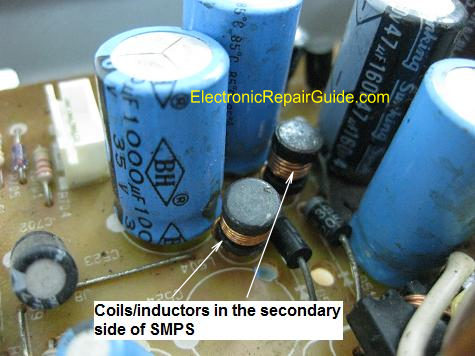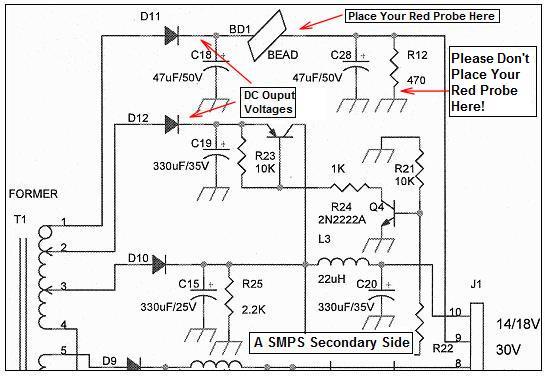 The boards of the two companies each approved the plan, which calls for Samsung Electronics to hand over its solar battery workforce and equipment to Samsung SDI as of July 1, they said in separate regulatory filings. About 300 employees will be affected.
The boards of the two companies each approved the plan, which calls for Samsung Electronics to hand over its solar battery workforce and equipment to Samsung SDI as of July 1, they said in separate regulatory filings. About 300 employees will be affected.The decision was made to streamline and to maintain focus on the tech titan's electronics business, which spans from memory chips, LCD panels, mobile phones, TVs, home appliances and personal computers, the companies said.
Samsung SDI, which makes hybrid electric car batteries, expects to boost its energy business through the acquisition, it said.
Solar batteries were one of the five areas that Samsung Group, the parent of the tech juggernaut, had planned to nurture as new revenue sources for the long run. The four other areas were hybrid car batteries, light-emitting diode (LED), biomedicine and medical equipment.
The group's flagship unit, Samsung Electronics, which is the world's top supplier of LCD panels and flat-screen TVs, has been tasked with producing solar battery cells and modules since 2009.
Samsung set its solar battery revenue target at 10 trillion won ($9.18 billion) in 2020 and investment goal at 6 trillion won.
Earlier this month, Rhee In-yong, a senior vice president and chief spokesman, denied rumors that Samsung is reassessing its solar battery business after the team failed to make a mark in the past two years, adding that the group's solar battery plan remained unchanged.
Each of Samsung's units is charged with a part of the solar battery business, including Samsung Corning Precision Glass Co. making wafers, Samsung Everland Inc. building a solar power plant and Samsung C&T Corp. operating the plant.
Source: http://bit.ly/




 CEA’s “13th Annual Household CE Ownership and Market Potential Study,” conducted from January 27–31, 2011, found the average adult spent $652 on CE products in the past 12 months, down from $794 the 12 months before. Women spent, on average, $520 on CE, down $111 from last year’s study. Men reported spending $793, down $176 from the 12 months before. The average household reports owning 24 discrete CE products, down slightly from 25 devices last year.
CEA’s “13th Annual Household CE Ownership and Market Potential Study,” conducted from January 27–31, 2011, found the average adult spent $652 on CE products in the past 12 months, down from $794 the 12 months before. Women spent, on average, $520 on CE, down $111 from last year’s study. Men reported spending $793, down $176 from the 12 months before. The average household reports owning 24 discrete CE products, down slightly from 25 devices last year.


